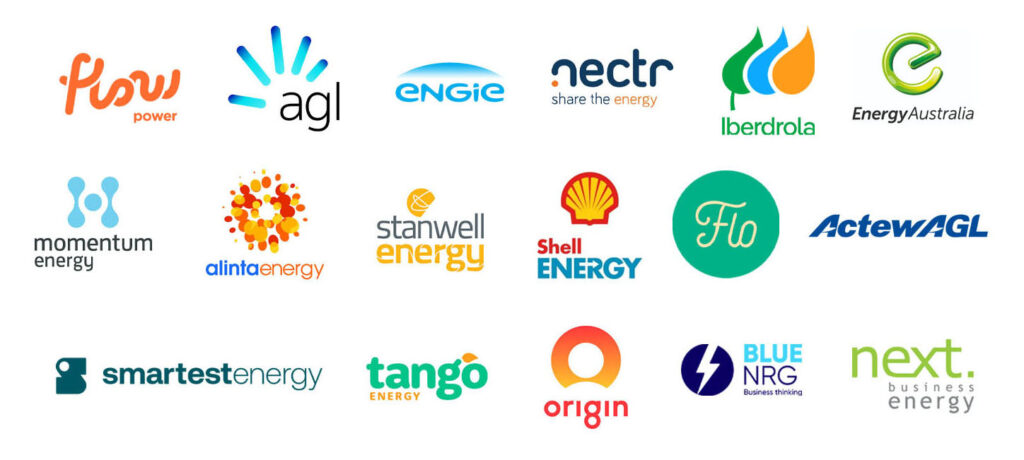The Australian Energy Market Operator has warned that Australia’s last coal power plant will retire five years earlier than expected in 2043, calling for an acceleration in investment in grid transmission, renewable energy generation, and storage.
In its Draft 2022 Integrated System Plan (ISP), AEMO said that two-thirds of coal generation capacity will be gone by 2030 and $12.5 billion investment in transmission infrastructure is needed to harness the power of incoming renewable energy generation.
This includes the $3.5 billion Marinus Link project across the Bass Strait, the $3.3 billion HumeLink project, and the $3 billion VNI West project.
About 3 percent of the total spend is needed to develop, run and maintain the generation, storage, and network investments of the NEM out to 2050.
Power stations running on brown coal dug straight out of the ground and burnt to generate electricity are expected to all shut down by early into the next decade.
AEMO said the change is mainly due to the race to reach net zero emissions, adding that the electricity sector is expected to reach this goal well before 2050.
It is expected that almost all coal power stations will be retired by 2040, with Australia’s last coal power plant continuing up to 2043.
AEMO’s report modelled that utility-scale renewable energy generation will need to increase ninefold to replace coal power.
This huge injection of renewable energy generation would also require some 10,000 kilometres of new transmission lines and substations as well as reconfiguration of local networks to facilitate the flow of two-way power from rooftop solar and batteries on wheels in the future.
AEMO also said that in order to be successful, Australia’s renewable energy generation needed transmission projects to connect renewable energy zones in NSW, Queensland, South Australia, and Victoria.
Step Change is now the most likely scenario
In 2020, AEMO’s outlook on energy adopted the “Central Scenario”. But the rapid expansion of large-scale renewable energy and rooftop solar has accelerated the abandonment of coal, shifting the outlook to a “Step Change Scenario”.
In its report, AEMO said that the energy market’s transformation has exceeded all expectations.
The Step Change scenario forecasts a rapid transformation in Australia’s National Electricity Market.
The changes will include huge investments in renewable generation, storage and firming generation as coal plants exit, and improvements to transmission.
In this scenario, the NEM will operate without coal generation by 2043.
Because the country is so coal-dependent, the forecast scenario includes a substantial increase in battery and pumped-hydro storage, hydrogen, and gas-fired generation for peak demand and demand response once Australia’s last power plant closes.
Widespread Electrification results in huge increase in demand
The new outlook forecasts that electricity demand will almost double by 2050 to 330 terawatt-hours as transport, heating, cooking, and industrial processes become electrified and shift away from petrol, diesel, or gas.
This demand for electrification will lead to the construction of nine times the current capacity of large-scale wind and solar from 15GW to a massive 140 GW.
To put this into context, to reach the goal, Australia’s energy mix needs to undergo a radical transformation.
Renewables growth
Australia needs to maintain the rate of renewables growth of 2018-19 every year for the next decade to triple capacity by 2030.
It would then need to double by 2040 and again by 2050.
Rooftop solar
Distributed PV (rooftop solar arrays) are expected to increase capacity four-fold, from the current 15 GW of output to 70 GW by 2040.
Most systems will be hooked up to a batter, giving greater flexibility with demand response.
By 2050, 90 terawatt-hours of electricity generated by rooftop systems will meet almost one-fifth of Australia’s total demand.
Firming capacity –such as storage, hydropower, and gas power, which can be switched on at will – will increase three-fold, including 30 GW of utility-scale capacity.
Energy production quadruples under Hydrogen Superpower Scenario
Another scenario development that AEMO is backing is for Australia to become a hydrogen generation superpower.
If the technology does indeed take off and become the replacement to natural gas for use as a fuel, then electricity demand could explode fourfold.
In the exhaustive 18 months of consultations conducted by AEMO, nearly one in five of the energy experts consulted said this would be the most likely scenario.
Alex Wonhas, the head of system design who has shepherded the ISP through its various iterations, says it is entirely possible that Hydrogen Superpower will become the most likely or “core scenario” in the next version of the ISP, in 2024.
Australian billionaire Andrew Forrest is planning to spend tens and hundreds of billions on massive arrays of wind and solar that will supply hydrogen electrolysers that will displace mostly oil and gas.
Created with a zero carbon footprint through renewable energy, Green Hydrogen is being considered as a clean fuel for the future.
Forrest has already proposed a $1 billion 850 MW green hydrogen power station in Port Kembla, New South Wales. Another industrial conglomerate has proposed a Hydrogen Valley project in the Hunter Valley.
West Australia, meanwhile, is eyeing 100 GW of renewable power to feed hydrogen hubs in the vast state.
This graph probably best sums up the difference between Hydrogen Superpower and the other scenarios modelled by AEMO – Slow change, Progressive Change, and Step Change, which is now considered the most likely and will be the new central reference scenario.
AEMO calculates that enabling the anticipated transition for the National Electricity Market will deliver $29 billion in net market benefits, returning 2.5 times the investment value.
However, the vast amount of transmission required to support the transition to clean energy looks set to revive worries among energy users about the costs that will come back onto consumers in their bills through grid charges, even as the cost of generation falls.
Follow the latest news in the energy sector
Infrastructure like the planned green hydrogen hubs may affect energy supply and prices in the country as well as your energy costs.
This is why, as an energy broker, we’re committed to keeping you informed about the latest developments in the energy sector.
You can see all these in our blogs and news section or sign up to our monthly newsletter to get updates directly in your inbox.
And if you want to create a positive impact on your business’ electricity or natural gas bills, get in touch with our Energy Experts.
We’ll be your guide through the energy cost-reduction process. Call us at 1300-852-770 or email at hello@leadingedgeenergy.com.au and we’ll get you started.
We source, analyse, compare and rank commercial, industrial and multisite energy quotes. Obligation Free.
Chat with one of our experienced consultants today and get the insights your business needs to help manage the risks associated with volatile electricity and natural gas markets. Our energy procurement service is obligation-free and provides a time-saving way of securing lower energy rates from our panel of energy retailers.







